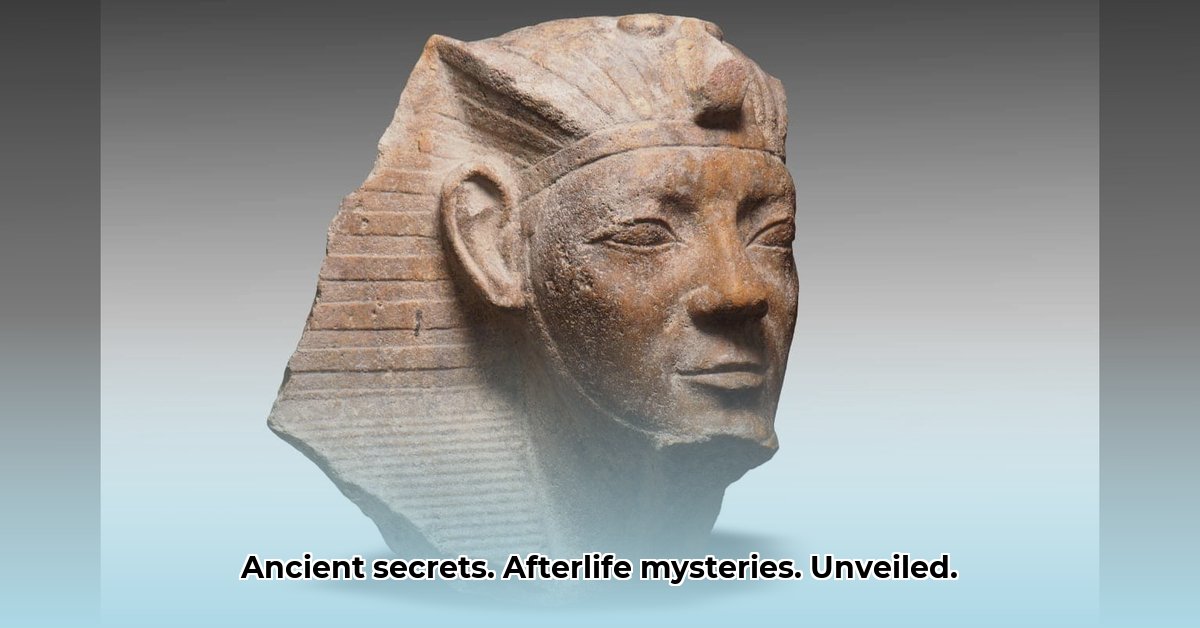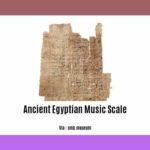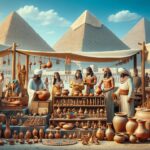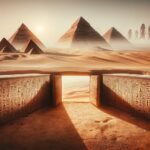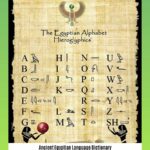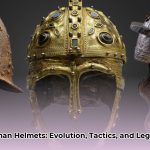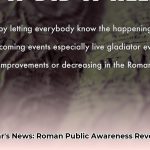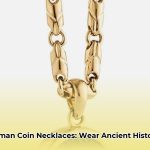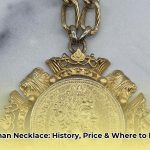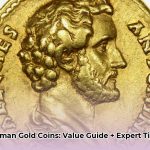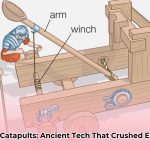Ever wonder what those amazing ancient Egyptian statues are all about? This article dives into the world of these incredible works of art, exploring everything from the materials used to create them to the surprising stories hidden in their carvings and even the reasons why some were deliberately damaged. We’ll uncover the secrets behind their poses and symbols, revealing what they tell us about the lives, beliefs, and hopes of the people who made them – a civilization fascinated by the afterlife and what happened after death. Learn more about ancient Egyptian religious beliefs at Sons of Light. Get ready to discover the mysteries these ancient figures hold!
Egyptian Statues: Silent Storytellers of the Afterlife
Imagine stepping back in time to ancient Egypt. You’re surrounded by towering temples and mysterious tombs. Look closer – those aren’t just decorations; they’re ancient Egyptian statues, far more than just pretty faces in stone. They’re powerful objects, deeply intertwined with the beliefs and lives of the people who carved them millennia ago. They whisper tales of gods, pharaohs, and the journey to the afterlife. Let’s unlock some of their secrets related to symbolism and cultural contexts.
The Stone Speaks: Materials and Their Meaning – Granite, Limestone and Social Hierarchy
The Egyptians weren’t careless about what material they used for their statues. It wasn’t just a matter of what was available; the choice of material said a lot about the person or god being represented. The hardest, most durable stone, like granite, was reserved for royalty and important gods. Granite symbolized permanence, reflecting the pharaoh’s belief in their own immortality and divine connection, projecting legacy. It was like saying, “This pharaoh is as strong and lasting as this rock!” Basalt, another dark and hard stone, was often used for royal figures, connoting power and resilience.
Limestone, a more common stone, was used for statues of ordinary people and lesser deities. Sandstone offered an alternative to limestone, also more readily available and easier to carve. These differences in materials aren’t just about fancy rocks; it’s a visual representation of the social hierarchy. The Egyptians believed that their statues played a vital role in the afterlife, and even the materials used reflected their status in this next world. A pharaoh’s magnificent granite or basalt statue was meant to endure for eternity, just like their soul, while a commoner’s limestone statue perhaps suggested a more modest existence. The vibrant colors that once adorned these statues, now often faded, further emphasized the status and importance of the figures depicted. Pigments derived from minerals like azurite (blue), malachite (green), and ochre (red) were meticulously applied, enhancing the visual impact and symbolic meaning.
Poses and Power: Silent Messages – Pharaoh’s Stance, Posture and Representation of Authority
The way these statues are posed tells us a lot too. A pharaoh sitting calmly, hands neatly placed, projects an image of absolute power and control. It’s a visual statement: “I’m in charge, and everything is under control.” This seated pose, often on a throne, signifies stability and divine authority, reinforcing the ruler’s position as the intermediary between the gods and the people. The erect posture and unwavering gaze further communicated strength and leadership.
On the other hand, a statue showing a pharaoh striding forward, left foot advanced, might suggest strength, vitality, and readiness for whatever lies ahead – a perfect image for someone hoping for a successful afterlife. This pose, while less common than the seated one, conveyed dynamism and a proactive approach to governance. The rigid, frontal stance, a hallmark of Egyptian sculpture, emphasized the pharaoh’s eternal presence and connection to the divine realm. These poses weren’t accidental; they were carefully chosen to send specific messages related to their dynastic rule and divine right.
Now, have you ever noticed that many ancient Egyptian statues have damaged noses? It’s a common sight. Why? No one’s completely sure. Some believe it may have been intentional, a way of “deactivating” the statue and robbing it of its life force, a practice thought to reduce its spiritual power. Others suggest it could have been iconoclasm—the deliberate destruction of religious images—perhaps during times of conflict or changing beliefs. Or, it could simply be the result of years of natural wear and tear, looting, and the passage of time. The truth, like many things in ancient Egypt, remains a bit of a mystery, a subject of ongoing scholarly debate.
Bringing Statues to Life: The Opening of the Mouth Ceremony – Rituals and Symbolism
These statues weren’t just inert objects to the ancient Egyptians; they believed they needed to be “awakened” to function in the afterlife. This is where the fascinating “Opening of the Mouth” ceremony comes in. It was a complex ritual performed by priests, essential to ensure the statue could participate in the next world. Imagine the scene: priests carefully performing gestures and incantations, symbolically allowing the statue to see, hear, eat, and drink in the afterlife. The ceremony involved the use of special tools, each with its own symbolic significance. The peseshkaf knife, for example, was used to ritually “open” the mouth, enabling the statue to receive offerings and interact with the spiritual realm. Without this vital ceremony, the statue would simply remain a lifeless piece of stone.
The level of detail in many statues is truly amazing. Look at the Seated Scribe, for example. Its intense realism is quite different from the more idealized images of pharaohs. This difference reflects the ancient Egyptians’ nuanced understanding of their own social structure. The Seated Scribe, with his attentive gaze and slightly rounded physique, represents the importance of knowledge and literacy in Egyptian society. It’s fascinating to see how they portrayed different members of society, from the powerful pharaohs to everyday people like scribes. The choice of limestone for the Seated Scribe, a relatively common material, further underscores his non-royal status.
Beyond the Tomb: Statues as Propaganda – Political Statements Through Art
Ancient Egyptians didn’t only place statues in tombs and temples; they also used them for political messaging. Think of them as the ancient equivalent of a giant billboard. Giant statues of pharaohs, set up in public places, served to remind everyone of their power and authority. The colossal statues of Ramses II at Abu Simbel, for instance, were strategically placed to impress visitors and assert his dominance over Nubia. These weren’t just pieces of art; they were powerful propaganda tools, designed to remind everyone who was in charge and consolidate their rule. It was a constant visual reminder of their divine right to rule and their strength.
How were these statues of leaders able to influence the perspective of the public on such a large scale? The sheer size of these monuments inspired awe and reinforced the pharaoh’s image as a powerful and god-like figure. The strategic placement of these statues in prominent locations, such as temple entrances and along major processional routes, ensured maximum visibility and impact. The carefully crafted images and inscriptions conveyed specific messages about the pharaoh’s achievements, legitimacy, and divine favor, shaping public perception and reinforcing his authority.
The Whispers of Hieroglyphs – Deciphering Ancient Messages
Many statues also have inscriptions – hieroglyphs that add to the story. These aren’t just random markings; these painstakingly carved symbols reveal details about the person or god depicted, their titles, and their relationships to other important figures. Hieroglyphs could also include spells or prayers intended to ensure the statue’s efficacy in the afterlife. Deciphering these hieroglyphs is like finding a secret message, adding another fascinating layer to the statue’s story. They’re personal stories, etched in stone for eternity. Imagine what we can learn from their words! The Rosetta Stone, discovered in 1799, provided the key to unlocking the secrets of hieroglyphic writing, allowing scholars to decipher the inscriptions on statues and other ancient artifacts.
The Ongoing Mystery – Continued Research and Discoveries
So, what have we learned? Ancient Egyptian statues are far more than simply works of art. They’re a window into a lost world, offering deep insights into ancient Egyptian beliefs, social structures, and the mysteries of the afterlife. They tell us so much about their culture and beliefs, but many questions still remain. Research continues, and experts are constantly refining our understanding. Archaeological excavations continue to unearth new statues and provide valuable context for interpreting existing ones. Who knows what new secrets these silent storytellers will reveal in the future? The study of these amazing objects is a journey of discovery, one that is far from over.
How to Interpret Damage on Ancient Egyptian Statues – Vandalism or Ritual
Have you ever gazed upon an ancient Egyptian statue, its nose mysteriously missing? It’s a common sight, and far from accidental. These aren’t simply the ravages of time. Instead, they offer a fascinating glimpse into the beliefs and power struggles of ancient Egypt. How to interpret damage on ancient Egyptian statues is more than just understanding broken stone; it’s about deciphering a complex history.
The Nose Knows: A Symbol of Life and Power – Spiritual Significance of Damaged Noses
Why the nose? For the ancient Egyptians, the nose was essential for breathing – life itself. Damaging a statue’s nose was a symbolic act of destroying its spirit, its ka. Think of it as an ancient form of spiritual “cancel culture.” This deliberate defacement wasn’t random; it was purposeful, often incredibly precise. The act of breaking the nose prevented the statue from breathing, effectively suffocating its spirit. This demonstrates a deep understanding of the statue’s spiritual significance. The careful removal suggests skilled artisans, not mere vandals, were often responsible for the
